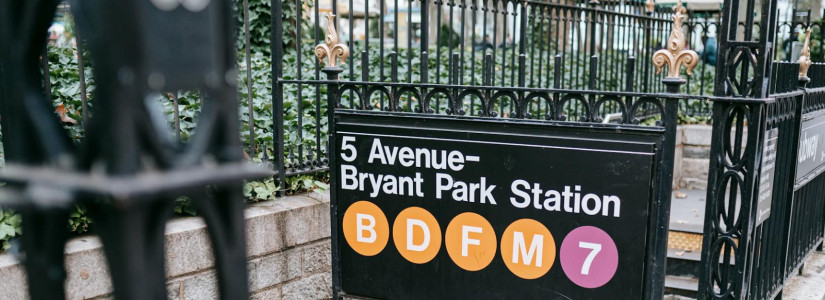Bridging the Gap: Whitefish Rental Assistance Program Gets Mixed Reviews
The town of Whitefish, Montana recently announced a new rental assistance program to help lower-income residents struggling with the city's high housing costs. However, the program has received mixed reactions from community members and leaders.
The program will provide monthly subsidies to cap rent payments at 30% of a participant's income. The remaining rent will be paid directly to landlords. For example, someone earning $40,000 per year would pay $1,000 per month for a two-bedroom, with the program paying $600.
While proponents argue the program will promote housing stability for essential workers, critics argue it does not address the underlying issues driving prices up. "We need solutions that create more affordable housing stock, not just subsidize rents," said a City Council member opposed to the program.
Others argue the funds would be better spent on infrastructure and education. "$200,000 could go a long way toward improving our schools or fixing roads," said a local parent and business owner. "Should taxpayer money really go toward subsidizing rents?"
There are also concerns about the program's long-term sustainability and growth. While the initial launch proposes assisting 15-30 households, the demand for affordable housing in Whitefish far outstrips this number. "This program will help some, but many more will be left out in the cold," shared an affordable housing advocate.
Proponents counter that the program provides immediate relief for those struggling most and will expand over time as additional funding allows. "We cannot wait for large-scale solutions while families face unaffordable rents and risk homelessness," said a key backer of the program.
The City Council will vote on approving $200,000 in initial funding for the program next month. The program's future remains uncertain, with many questions remaining around how much it can truly improve affordability in Whitefish's tight housing market.
For now, essential workers hoping for relief may need to keep waiting as the debate unfolds.









